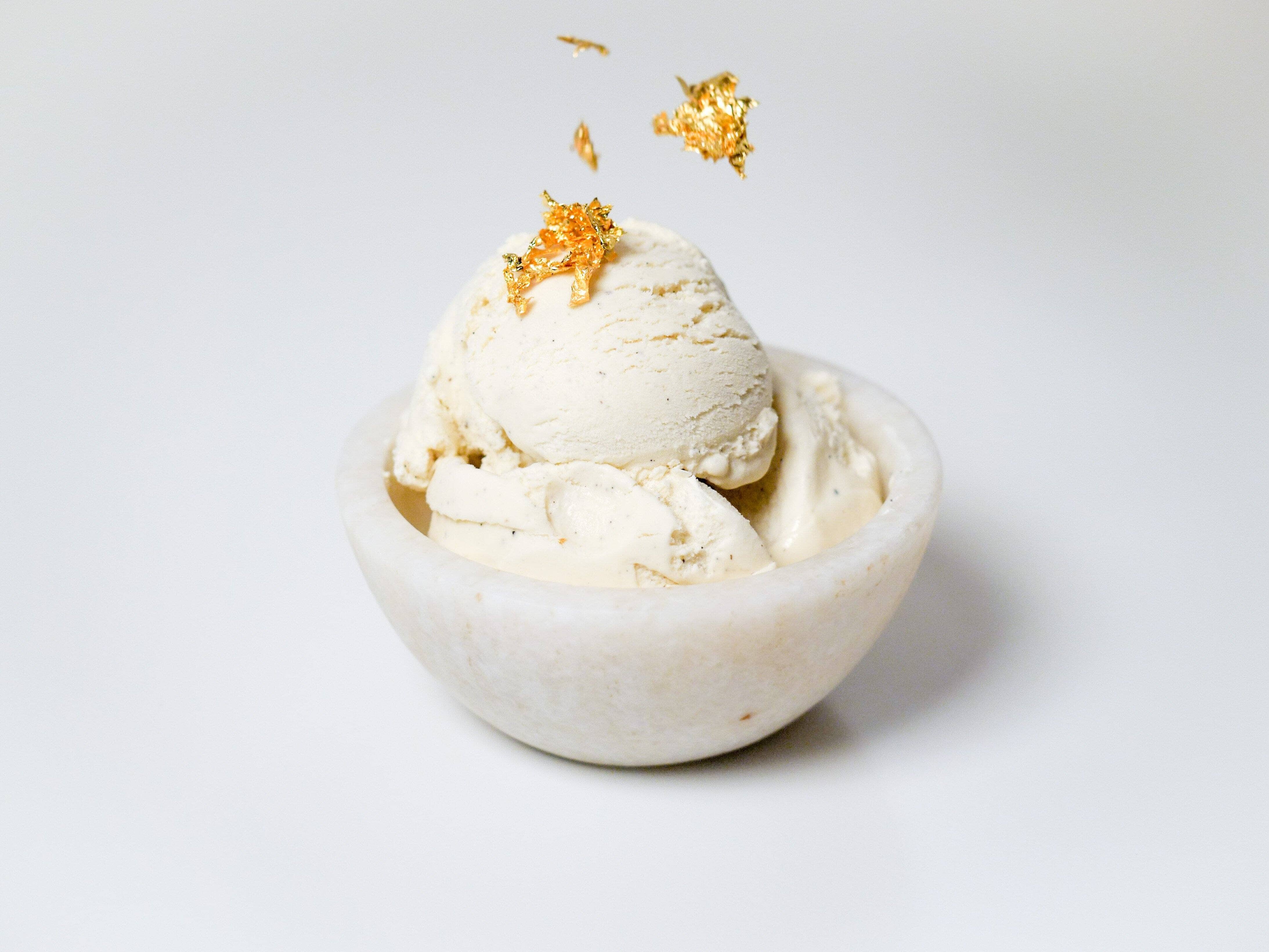How to Successfully Use Edible Gold Leaf
Applying Edible Gold Leaf to Baked Goods
Baking involves a lot of work -- from making cakes and cookies from scratch to intricate decorating to even making the products in the first place.
In fact, FDA specifications that 13.5 vanilla beans are used to create just one gallon of pure vanilla extract. Ya that is a lot of vanilla extract, but that is also a lot of vanilla beans too.
But for us, one of the more challenging, and rewarding, parts about baking is using edible gold leaf sheets. And in this article, we're going to discuss a few important steps to follow to ensure you're applying 24K edible gold leaf properly.
Browse Our Selection Of Edible Baking Decorations
Steps for using edible gold
Buy the right products:
There are two main types of gold leaf: transfer sheets or loose sheets but also different types of transfer leaf gold that determine how the gold sticks to or adheres to the transfer paper.
These different types of transfer sheets are referred to as soft press gold or hard press gold and both have similar and different uses. Transfer sheets may be easier to use, as they come on a sheet of tissue paper, which allows the user to simply press the gold leaf onto the decorating surface and peel away the tissue paper. When working with loose sheets or soft press transfer, it's essential to be careful because this product can easily tear or wrinkle. But ultimately, it's up to the user to decide which product they'd like to use. And, of course, you need to make sure the product you buy is, in fact, edible.
When applying to large surface areas, get the surface slightly damp first:
This is especially critical when working with hard or firm press gold transfer sheets. When it comes time to actually apply the gold leaf, you need to prepare the surface first. The surface you're applying the leaf sheets to should be smooth, something like a treat covered in fondant would be perfect. But before you apply the leaf sheets, you should get the surface slightly moist or just tacky. Not wet, just a light coating to help the gold foil adhere. A tacky surface will help the gold stick properly without having to use products that would result in a lumpy finish. So make sure you have simple syrup, food glue, or a light brushing of water and a new gilding brush on hand.
Smooth it out:
Unfortunately, it's nearly impossible to apply the gold leaf without having a few wrinkles because it is so thin and delicate. But getting rid of wrinkles is easy -- try using our gold and silver application mop brush, by lightly brushing the surface area to smooth over any wrinkles and remove loose skewing of gold. In doing this, you can ensure you have a finished product that is smooth and shiny.
Edible gold leaf can add a touch of elegance and fun to any baking project. And hopefully, these simple tips will help you apply 24K edible gold leaf to your goodies with ease.







Slofoodgroup
Author